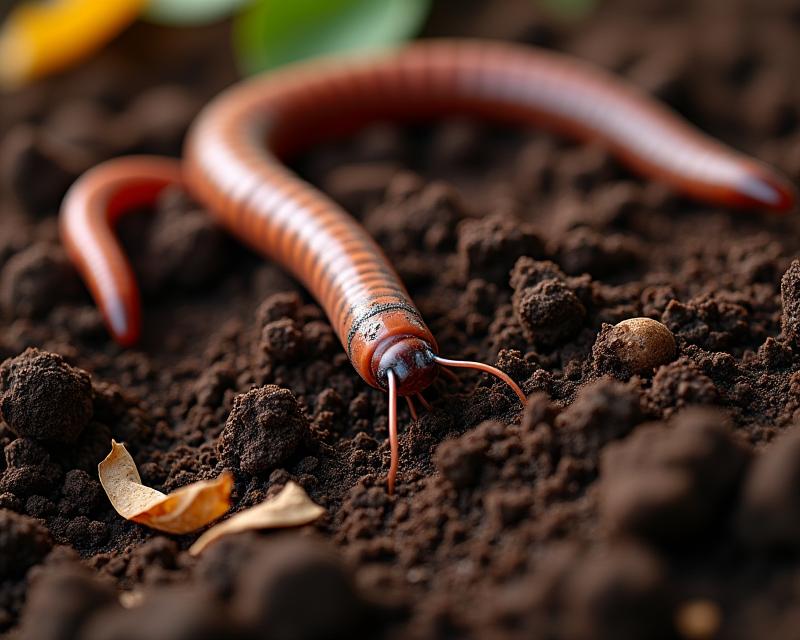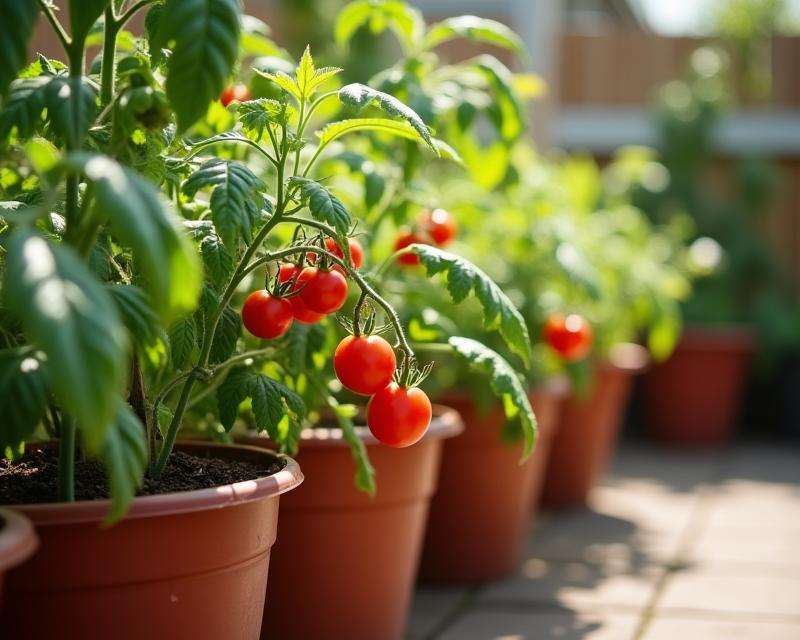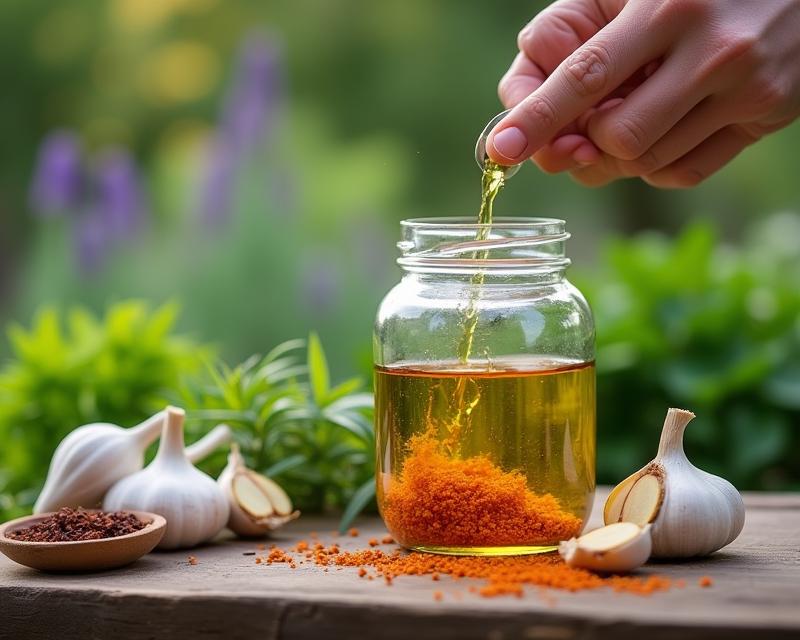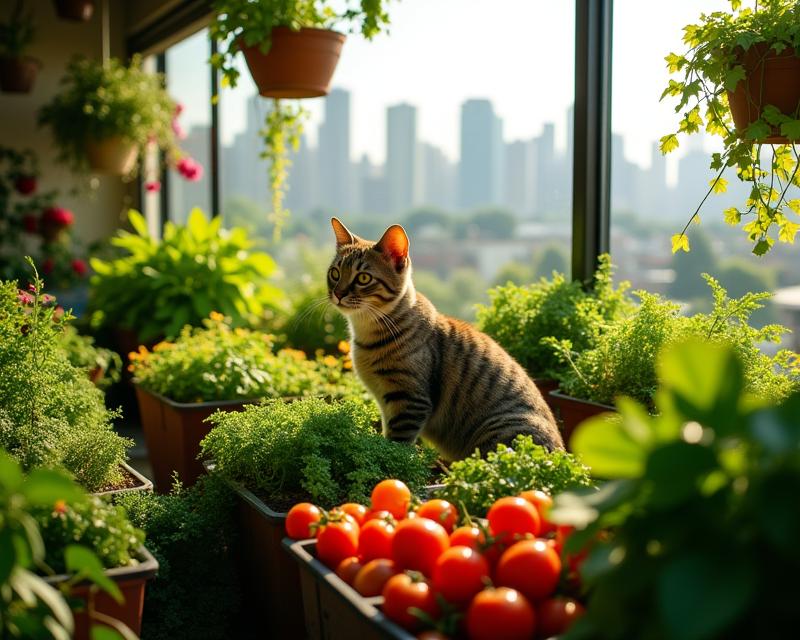Organic Fertilizer Guide: Timing & Techniques
Publish in Organic Gardening & Farming el 05/07/2025 20:55
Organic Fertilizer Guide: Timing & Techniques
Organic fertilizers are a fantastic way to nourish your crops and soil, promoting healthy growth and boosting yields – all while being kind to the environment! Unlike synthetic fertilizers, organic options release nutrients slowly, improving soil structure and supporting a thriving ecosystem. But knowing when and how to apply them is key to maximizing their benefits. This guide will walk you through the essentials of organic fertilizer application, covering timing, dosage, and various techniques for optimal results.
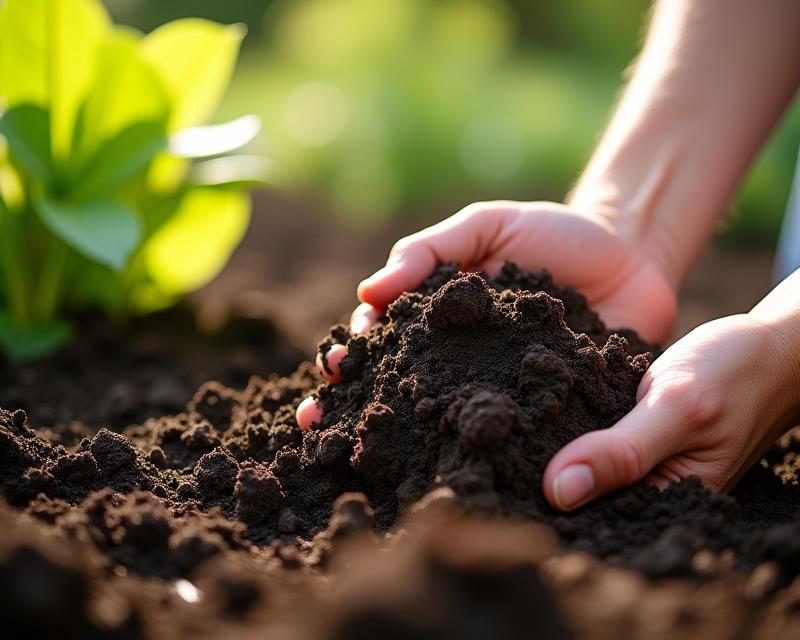
Understanding Organic Fertilizer Types
Before we dive into application, let's quickly cover some common types. You have options like compost (decomposed organic matter), manure (animal waste), bone meal (phosphorus source), blood meal (nitrogen source), and cover crops (planted to improve soil health). Each has a different nutrient profile. Understanding what your soil needs is the first step to choosing the right fertilizer. A soil test is highly recommended to determine deficiencies and imbalances.
Timing is Everything
The best time to apply organic fertilizers depends on the type and the crop. Generally, it's best to apply them before planting. This gives the nutrients time to break down and become available to the seedlings or plants. For example, manure should be incorporated into the soil several weeks before planting. You can also side-dress plants – applying fertilizer along the sides of the row – during the growing season, especially for fast-growing crops like tomatoes and peppers. Avoid applying fertilizer during periods of extreme heat or drought, as this can stress the plants.
Dosage and Application Techniques
Dosage varies greatly depending on the fertilizer type, soil test results, and the plant's needs. Always follow the manufacturer's recommendations. Here are some common techniques:
- Compost: Work compost into the top 6-8 inches of soil before planting or use as a top dressing around established plants.
- Manure: Compost manure before applying to avoid burning plants. Spread evenly and incorporate into the soil.
- Bone Meal & Blood Meal: Sprinkle around the base of plants and gently work into the soil.
- Cover Crops: Plant cover crops in the fall to improve soil health and add nutrients. Till them into the soil in the spring.
For potted plants, mix organic fertilizer into the potting mix at planting time or apply as a top dressing every few months. Remember, less is often more with organic fertilizers. Over-fertilizing can lead to nutrient imbalances and harm your plants.
Monitoring and Adjusting
Regularly observe your plants for signs of nutrient deficiencies, such as yellowing leaves or stunted growth. Adjust your fertilizer application accordingly. Consistent monitoring and a little experimentation will help you fine-tune your organic fertilizer strategy for a bountiful harvest! Don't be afraid to experiment and learn what works best for your specific crops and soil conditions.

